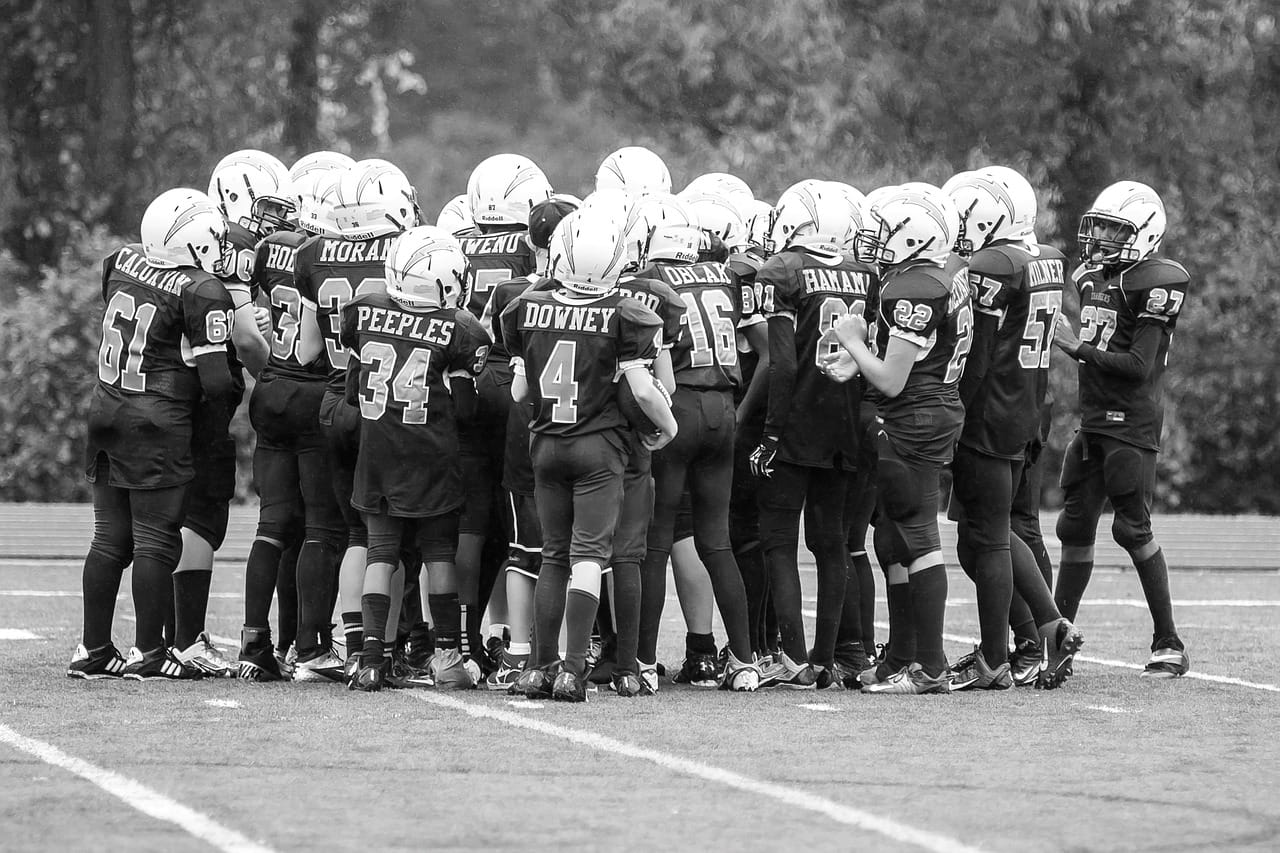The topic of whether a yelling coach makes a difference in sports has often been discussed. During a high school basketball game this past winter, I watched a coach completely lose his mind at his team during a timeout. I chuckled a little because, well, if you’ve coached, you’ve probably been there. Coaches yell—plain and simple. Mostly for good reasons, but not always. Some yell more than others, but it’s pretty certain they’ll all yell at one point or another. The question is, does yelling really make a difference? And if so, is the difference positive or negative?

Why Does a Coach Yell?
A coach may yell for various reasons, but primarily they yell to get someone’s attention. This could be their players, the referees, or someone else. The need for attention may stem from frustration, anger, or simply the necessity of being heard in a loud environment.
‘Attention’ is an oversimplified reason for a coach to yell, but it covers the basics of many situations in sports. For example, when trying to communicate a specific play, yelling is often necessary to ensure the coach captures everyone’s attention. Sometimes a coach continues yelling in the huddle, to ensure they have their team’s undivided focus, so the current situation can be addressed. In such cases, yelling is typically fueled by frustration or anger.
Yelling to communicate in a noisy stadium is understandable, but what about yelling out of frustration or anger? Is it effective?
Yelling Out of Frustration or Anger
If the coach has earned the right to yell and handles it correctly, the answer is a resounding ‘Yes.’ If the coach hasn’t earned it, the effect is likely neutral to net negative.
Earning the ability to yell comes down to respect and trust. Too often, coaches believe that their title alone demands respect. While this may hold true to a degree, respect is not universal or automatic—it’s something that is earned.
A long-tenured coach may have built a certain level of respect and trust, but each season brings a new group of athletes. Re-establishing that trust and respect is necessary to build solid relationships.
Communication Is Key
Respect and trust are grounded in communication. The ability to communicate honestly and effectively with players is crucial for a coach’s success. That’s how you get players to buy into your philosophy.
It’s not about being their friend; it’s about showing that you genuinely care about them as individuals and have their backs. When players know a coach cares and respects them, they’ll go above and beyond to not let the coach down.
When this type of relationship exists—a caring bond built on trust and respect—a yelling coach can move mountains.
The Relationship Matters
It’s also important for coaches to understand their players and recognize how each athlete responds to different types of motivation. Not every athlete reacts well to yelling, while others may thrive on it.
Get to know your players and let them get to know you. This effort will go a long way in achieving the ‘buy-in’ every coach desires and create a foundation where even emotional outbursts can lead to positive outcomes.
Reflecting on the Coach from Winter
What about the coach from the high school basketball game earlier this winter? His team responded by overcoming a double-digit deficit and winning the game.
Did his emotional outburst during the timeout win the game? Not necessarily. But it did seem to ignite a spark in his players. Maybe that’s exactly what they needed at that moment.
Conclusion
In the debate over whether a yelling coach makes a difference, context and relationships matter most. When yelling is rooted in respect, trust, and effective communication, it can have a positive impact. However, yelling for its own sake or without having earned the respect of the team can backfire. Ultimately, it’s about knowing your players, fostering strong relationships, and understanding how best to motivate them—yelling included.
BtL
Subscribe to our email list to get our content direct to your inbox!
Follow us on Facebook, Twitter, Instagram and TikTok
To learn more about Ball to Life and our mission, click here.

